Scientific literacy is an essential skill for teenagers to develop as it prepares them to make informed decisions as adults. To cultivate their curiosity about science, engaging teens in exciting experiments is a fantastic approach. By participating in science experiment for teens, they can explore scientific concepts and develop their critical thinking and problem-solving abilities. As a result, teens can gain a profound understanding of science and appreciate how it shapes our world.
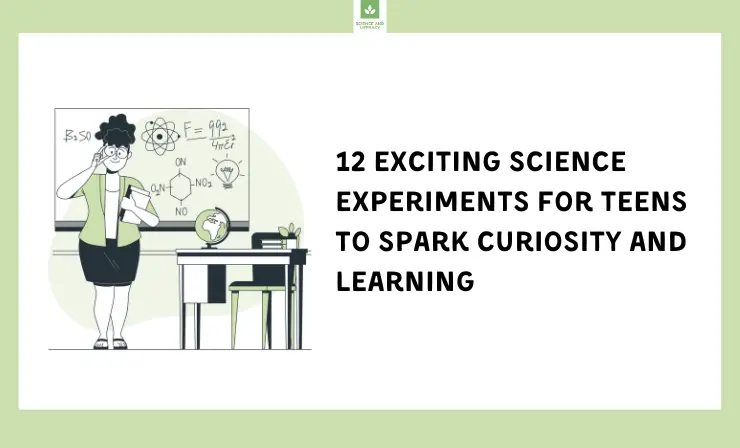
Exploring the fascinating world of science through hands-on experiments is a surefire way for teenagers to wrap their heads around complex concepts in a meaningful way. Far from the dry textbook approach, these activities encourage observation, measurement, and manipulation of variables – fostering valuable analytical and problem-solving skills that will serve them well in their future pursuits. Plus, the thrill of discovery can inspire and galvanize curious minds to dive deeper into the wonders of STEM.
Teenagers can reap numerous advantages from conducting science experiments, such as sharpening their cognitive abilities, expanding their knowledge in the field of science, and gaining a profound reverence for the environment. Moreover, experimenting with science can play a key role in boosting their self-assurance and self-worth, as they reap the rewards of their hard work and dedication.
| 12 Science Experiment for Teens → | |
| 3 Additional Cool Science Experiments for Teens → |
12 Science Experiment for Teens
Experience the wonders of science with these 12 thrilling experiments that will leave teenage minds buzzing with excitement! Explore the world around us in a fun and educational way, with materials and guidance that make science come alive. These hands-on experiments are perfect for teens to dive into and discover all the fascinating secrets of science, whether at home or in the classroom.
Experiment 1: Make a lava lamp
Looking for an entertaining and eye-catching way to teach about density and polarity? Look no further than this exciting experiment! With colorful visuals and plenty of fun, this demonstration is guaranteed to engage and educate your audience. Get ready for an immersive learning experience that will leave a lasting impression!

Materials:
- Clear plastic bottle
- Vegetable oil
- Water
- Food coloring
- Alka-Seltzer tablet
Steps:
- Fill the plastic bottle about 1/4 of the way with water.
- Add a few drops of food coloring to the water and mix.
- Pour vegetable oil into the bottle until it is almost full.
- Wait a few minutes for the oil and water to separate.
- Break an Alka-Seltzer tablet into pieces and drop them into the bottle.
- Watch as the bubbles rise and fall, creating a mesmerizing effect.
Watch this cool science experiment for teens that teaches them about density and polarity. Using common household items, you’ll create a mesmerizing lava lamp that’s both fun and educational.
Experiment 2: Create a homemade battery
Electrochemistry is the magical science behind powering small devices like an LED light! Through this amazing experiment, you’ll learn the basic principles of electrochemistry and how to harness its power. Let’s switch things on and light up our world with just a few simple steps!
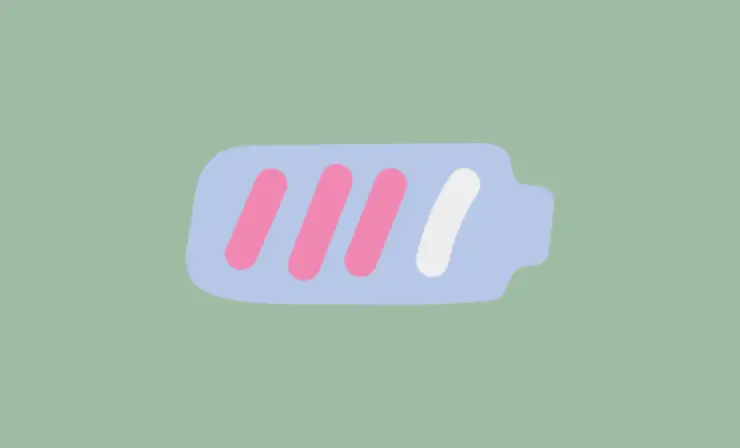
Materials:
- Copper wire
- Zinc nail
- Lemon
- LED light
Steps:
- Cut a small piece of copper wire and wrap it around a zinc nail.
- Insert the nail and wire into a lemon.
- Connect the wire to one end of the LED light and the zinc nail to the other end.
- The LED light should turn on, powered by the electrochemical reaction between the copper and zinc in the lemon.
This science experiment for teenagers is a great way to learn about chemical reactions and electricity. Using items like pennies and vinegar, you’ll build a working battery that’s sure to impress.
Experiment 3: Build a bridge out of spaghetti
In this fascinating experiment, you’ll explore the captivating world of structural engineering. Your mission? To construct a powerful bridge made entirely of spaghetti noodles. Once your masterpiece is complete, you’ll put it to the test by adding weight upon weight until it reaches its limit. Through this engaging and hands-on task, you’ll uncover valuable insights into the science behind strong and reliable bridges.

Materials:
- Spaghetti noodles
- White glue
- Paper towels
- Weights
Steps:
- Build the base of your bridge by gluing together two stacks of spaghetti noodles.
- Create the sides of your bridge by gluing spaghetti noodles in a triangular shape.
- Add a crossbar to your bridge using spaghetti noodles.
- Test the strength of your bridge by adding weights to the top until it collapses.
In this fun science experiment for teens, you’ll learn about engineering and structural design by building a bridge out of spaghetti. Test your bridge’s strength and see if it can hold up under pressure!
Experiment 4: Make a potato battery
Are you aware that a simple potato can be turned into a battery? Through this exciting experiment, discover the fascinating science behind it and create your own battery using a potato just like a lemon battery. Get ready to be amazed by the power of potatoes!
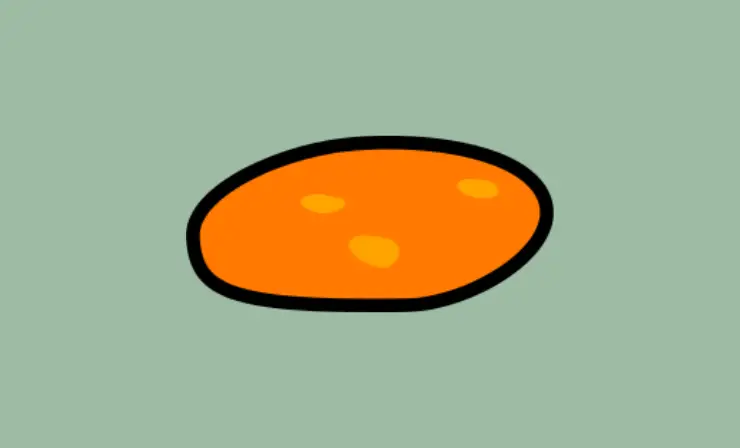
Materials:
- Potato
- Copper wire
- Zinc nail
- LED light bulb
Steps:
- Insert the zinc nail and copper wire into opposite ends of the potato.
- Connect the copper wire to the positive terminal of the LED light bulb.
- Connect the zinc nail to the negative terminal of the LED light bulb.
- Watch as the LED light bulb lights up, powered by your potato battery!
Did you know you can make a battery out of a potato? This science experiment for teens is a great way to learn about conductivity and electricity. Grab some potatoes and get ready to power up!
Experiment 5: Create a fire extinguisher
Introduce the science of combustion to your students in a hands-on and exciting way with this experiment! Using simple items found in the household, your students will have the opportunity to create their very own fire extinguisher. Not only will this activity engage their creativity, but it will also provide a deeper understanding of the science behind combustion.
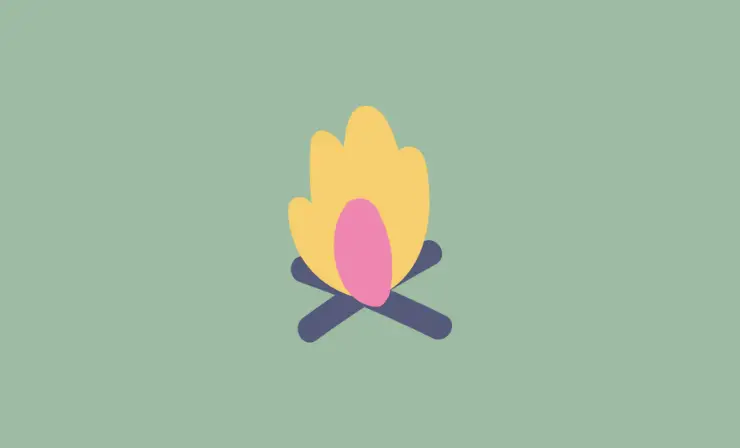
Materials:
- Baking soda
- Vinegar
- Small container
- Straw
Steps:
- Mix baking soda and vinegar in a small container.
- Quickly put the straw into the mixture, then remove it and cover the end with your finger.
- Point the straw at a small flame and remove your finger from the end of the straw.
- Watch as the mixture shoots out of the straw and extinguishes the flame.
This cool science experiment for teens will teach you about chemical reactions and fire safety. Using baking soda and vinegar, you’ll create a mini fire extinguisher that can put out small flames.
Experiment 6: Build a Hovercraft
Looking for a way to help teens have fun and learn at the same time? Look no further than a hovercraft building experiment! By constructing a working hovercraft, young people can explore the fascinating forces of air pressure and how it impacts movement. Get started today with just a few simple supplies.
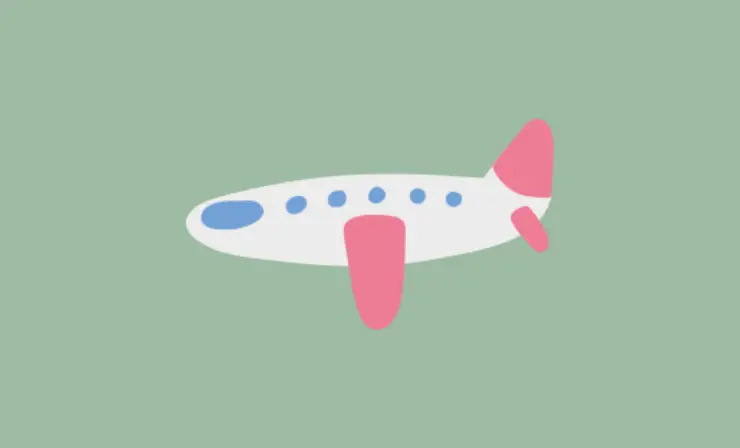
Materials:
- A CD or DVD
- A balloon
- A bottle cap
- Super glue
- A plastic bottle
- A CD marker
- A pushpin
Steps:
- Glue the bottle cap to the center of the CD or DVD.
- Attach the balloon to the bottle cap with the pushpin.
- Cut off the bottom of the plastic bottle and glue it to the CD or DVD.
- Draw a circle around the bottle with the CD marker and cut it out.
- Inflate the balloon and place the hovercraft on a flat surface.
- Release the air from the balloon and watch the hovercraft glide across the surface.
In this fun science experiment for teenagers, you’ll learn about air pressure and engineering by building your own hovercraft. With just a few household items, you’ll create a device that glides on a cushion of air!
Experiment 7: Extract DNA from Strawberries
This engaging experiment will introduce teenagers to the fascinating world of DNA extraction. To conduct this experiment, you’ll need some basic materials that are easily available.
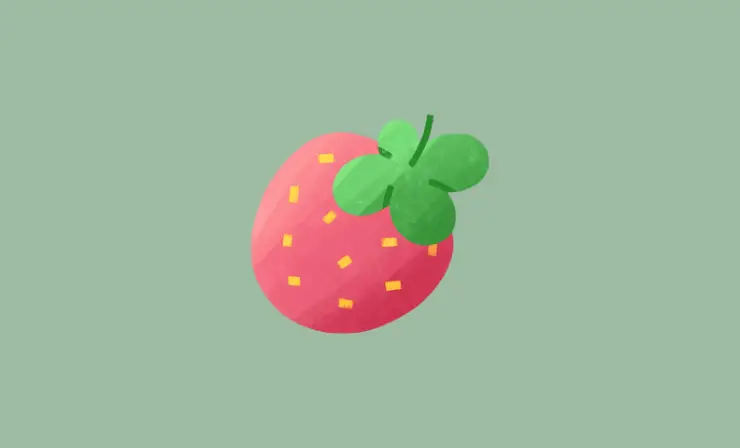
Materials:
- A strawberry
- A Ziploc bag
- Dish soap
- Salt
- Water
- A coffee filter
- Rubbing alcohol
Steps:
- Crush the strawberry in the Ziploc bag.
- Add dish soap, salt, and water to the bag and mix well.
- Strain the mixture through a coffee filter into a cup.
- Add rubbing alcohol to the cup and let it sit for a few minutes.
- Observe the DNA that forms at the interface of the rubbing alcohol and strawberry mixture.
Get a close-up look at DNA with this science experiment for teens. Using simple ingredients like dish soap and rubbing alcohol, you’ll extract DNA from a strawberry and see it up close!
Experiment 8: Make a Solar Oven
Are your teenage kids glued to their phones all day? Teach them about solar energy and cooking with this fun experiment! Let them discover the power of the sun and learn how to harness it to cook their favorite meals. This hands-on experience will not only be educational but also an excellent way to bond with your teens.

Materials:
- A pizza box
- Aluminum foil
- Plastic wrap
- Black construction paper
- Glue
- Scissors
- Ruler
- Tape
Steps:
- Cut a flap in the lid of the pizza box.
- Cover the inside of the flap with aluminum foil and glue it in place.
- Cover the opening with plastic wrap and tape it in place.
- Line the bottom of the box with black construction paper.
- Cut a piece of aluminum foil to fit the flap and tape it in place at an angle.
- Place food to be cooked inside the box and place the box in direct sunlight.
In this cool science experiment for teens, you’ll learn about solar energy and sustainability by building your own solar oven. Using cardboard and aluminum foil, you’ll harness the power of the sun to cook your food.
Experiment 9: Create a Cloud in a Jar
Experience the wonder of the skies with this engaging experiment that teaches you about the magic of clouds! With just a few simple steps, you can make a miniature cloud inside a jar and explore its composition and behavior. Delve into the world of atmospheric science and gain a deeper understanding of the building blocks of our planet’s weather system.

Materials:
- A clear glass jar with a lid
- Boiling water
- Ice cubes
- Aerosol hairspray
Steps:
- Fill the jar with a small amount of boiling water.
- Quickly spray some aerosol hairspray into the jar.
- Cover the jar with a lid and swirl the water and hairspray mixture around inside the jar for a few seconds.
- Quickly remove the lid and add a few ice cubes on top of the mixture.
- Observe as the cloud forms in the jar.
Learn about weather and the water cycle with this fun science experiment for teenagers. Using hot water and ice, you’ll create your own miniature cloud inside a jar!
Experiment 10: Build a Cardboard Rollercoaster
If you want to dive into the world of physics, engineering, and design, we have an exciting challenge for you. Picture yourself constructing a thrilling rollercoaster, but this time, with just cardboard and a few basic materials. Dive into the world of hands-on learning as you experiment with gravity, motion, and velocity, all while letting your creativity run wild.

Materials:
- Cardboard
- Scissors
- Glue
- Tape
- Marbles
Steps:
- Cut the cardboard into long strips.
- Use the strips to build the frame of the rollercoaster, making sure it has steep inclines and declines.
- Use glue and tape to secure the frame in place.
- Test the rollercoaster by sending marbles down the track.
In this exciting science experiment for teens, you’ll learn about physics and engineering by building a rollercoaster out of cardboard. Test your coaster’s speed and see if you can make it loop!
Experiment 11: Make a Cartesian Diver
Looking for a fun way to grasp the concepts of buoyancy and density? Don’t miss out on the magical world of Cartesian divers! By crafting a diver that responds to pressure, you’ll be able to experiment with sinking and floating in a way that’s sure to put a smile on your face.

Materials:
- Plastic water bottle
- Eye dropper
- Water
- Paper clip
Steps:
- Fill the water bottle with water.
- Bend the paper clip into a hook shape and attach it to the eye dropper.
- Fill the eye dropper with water and slowly release it into the bottle.
- The diver should sink to the bottom of the bottle.
- Squeeze the bottle to increase the pressure and watch as the diver rises to the top.
Learn about density and pressure with this cool science experiment for teens. Using a plastic bottle and some plastic tubing, you’ll create a diver that sinks and floats based on changes in pressure.
Experiment 12: Create a Homemade Stethoscope
Want an interactive way to explore the mysteries of the human body? Look no further than creating your own stethoscope! With a few basic household items, you’ll be amazed at the range of sounds you can detect and identify. Master the art of listening to the human body with this hands-on DIY project.

Materials:
- A funnel
- A long piece of tubing
- A balloon
- Scissors
Steps:
- Cut a small piece of the balloon and stretch it over the end of the funnel.
- Secure the balloon in place with a rubber band.
- Attach the tubing to the narrow end of the funnel.
- Place the other end of the tubing in your ears and listen to the sounds of your body.
In this fun science experiment for teenagers, you’ll learn about sound and the human body by building your own stethoscope. With just a few simple materials, you’ll be able to listen to your heartbeat and more!
3 Additional Cool Science Experiments for Teens
Looking to inspire a love for science in teens? These three exciting experiments are just the ticket. From exploring chemical reactions to learning about the properties of light, these activities are both challenging and fun. Not only will teens be able to develop their critical thinking skills, but they’ll also come away with a deeper understanding of key scientific principles.
Extra Experiment 1: Make a Water Filter
This fascinating experiment is perfect for curious teens who are interested in learning about the vital role of water filtration and purification. By using common materials that can be found around the house, they’ll build their own water filter and discover just how important this process is for clean, safe, and healthy water. Don’t miss out on this fun and educational experience for the next generation of water scientists and engineers!
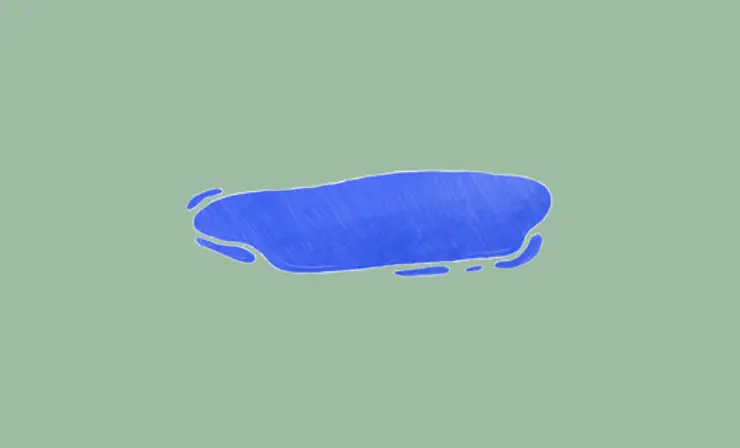
Materials:
- Two-liter plastic bottle
- Coffee filter or cheesecloth
- Sand
- Gravel
- Activated charcoal
- Dirty water
Steps:
- Cut the plastic bottle in half and keep the top half.
- Place the coffee filter or cheesecloth over the mouth of the bottle.
- Layer the sand, gravel, and activated charcoal in the bottle.
- Pour the dirty water into the bottle and watch as the water filters through the layers of sand, gravel, and activated charcoal.
- Collect the clean water that filters out of the bottle.
Learn about water purification and sustainability with this science experiment for teens. Using sand, gravel, and charcoal, you’ll create a water filter that can clean dirty water and make it safe to drink.
Extra Experiment 2: Create an Electromagnet
Looking to explore the fascinating world of electromagnetism? This thrilling experiment is a great way for teenagers to learn about the complex relationship between electricity and magnetism. With just a wire and battery, you can engineer your own simple electromagnet and witness the power of these natural forces in action. Get ready for an electrifying journey into the wonders of science!
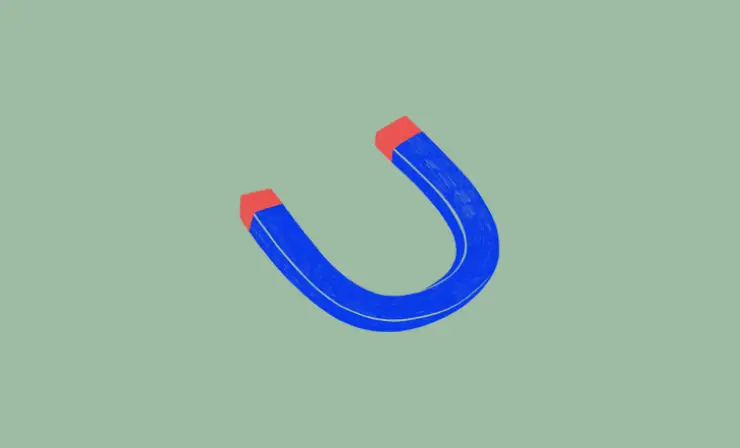
Materials:
- Large iron nail
- Copper wire
- D battery
- Paperclips
Steps:
- Wrap the copper wire around the nail several times.
- Strip the ends of the wire.
- Touch one end of the wire to the positive end of the battery and the other end to the negative end of the battery.
- Place the nail near some paperclips and watch as they become magnetized and stick to the nail.
In this cool science experiment for teens, you’ll learn about electromagnetism and the power of magnetism. Using a battery and copper wire, you’ll create your own electromagnet and explore its properties.
Extra Experiment 3: Build a Rube Goldberg Machine
Introducing a thrilling experiment for teens that combines physics and engineering, challenging them to create an intricate machine that achieves a simple goal. Through the construction of a Rube Goldberg machine, participants delve into a world of complicated and interconnected devices that work in unison to complete a task. It’s an exciting opportunity to explore the laws of physics and the art of chain reactions.
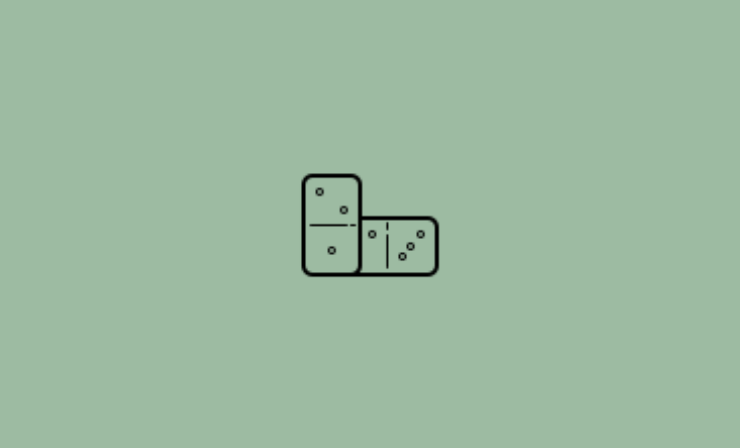
Materials:
- A variety of household items such as dominoes, marbles, cardboard tubes, and string.
Steps:
- Decide on a simple task that the machine will perform, such as turning off a light switch or pouring a glass of water.
- Use the household items to create a series of interconnected devices that will eventually complete the task.
- Test the machine to ensure that it works properly and makes the intended outcome.
Put your engineering skills to the test with this fun science experiment for teenagers. Using everyday objects, you’ll create a complex chain reaction that performs a simple task – like feeding a dog!
3 Services for Science Experiments for Teenagers
Looking to take your science education and exploration to the next level? There’s a wealth of resources available online and in-person that can help you unleash your passion for experimentation. Here are three top-notch services to add to your repertoire and help your teens experiment:
- ScienceBuddies.org —This site provides a bounty of captivating science fair project suggestions and tutorials that span the spectrum from experimental to engineering endeavors. Science Buddies is great for scientific enlightenment, especially for cool and fun science experiments for teens. It showcases a diverse range of experiments organized by subject matter, the complexity level, and the necessary resources. This makes it a breeze to discover an exciting experimentation that aligns with your passions and skillset.
- Exploratorium.edu — Online science experiments are waiting for you to discover and they can all be done within the comfort of your own four walls. Using simple household materials and easy-to-follow instructions, you can embark on a scientific journey like no other. The Exploratorium website offers exciting interactive experiments that will keep you engaged and learning for hours on end.
- K12.com — There are plenty of organizations out there that offer specialized camps and programs tailored to teens. Imagine the excitement of a teenager gaining hands-on experience while making new like-minded friends and being taught by experienced scientists and educators. K12 Destinations Career Academy offers a summer bootcamp perfect for those looking to gain career skills such as coding, business, and information technology.
Conclusion
Science experiments don’t have to be dull and boring for teens anymore! We have compiled a list of 12 exciting and enlightening experiments that will keep young minds engaged and inspired. These experiments will allow teens to be creative and learn new skills from building a Rube Goldberg machine to crafting a homemade stethoscope. These experiments promote critical thinking and problem-solving skills while fostering a natural curiosity for science. Go ahead and explore the world of science – who knows what exciting discoveries you might make! Enjoy your quest for knowledge and have fun experimenting!
- Overview of 22 Low-Code Agencies for MVP, Web, or Mobile App Development - October 23, 2024
- Tips to Inspire Your Young Child to Pursue a Career in Nursing - July 24, 2024
- How Parents Can Advocate for Their Children’s Journey into Forensic Nursing - July 24, 2024
